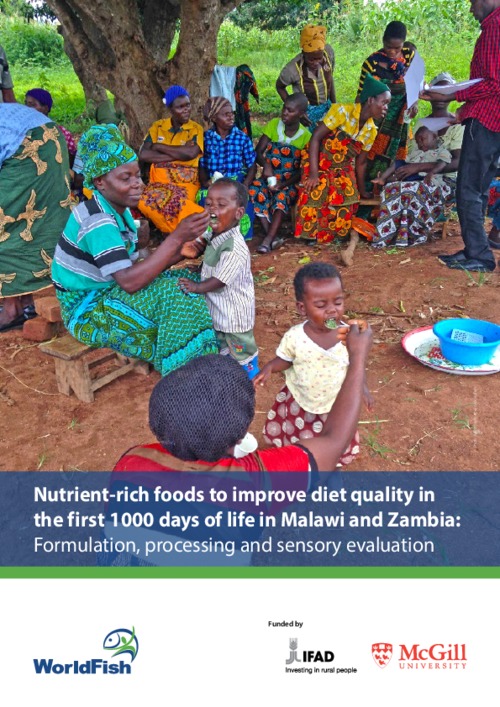Nutrient-rich foods to improve diet quality in the first 1000 days of life in Malawi and Zambia: Formulation, processing and sensory evaluation

Malawi and Zambia, neighboring countries located in Southeastern Africa, both have populations of about 17–18 million people; however population density is drastically different (11 people per square kilometer in Zambia compared to 192 people per square kilometer in Malawi). Malawi’s Human Development ranking is 0.485 as of 2018, putting it in the low human development category, with a position of 172 out of 189 countries and territories, while Zambia is categorized as medium human development at 143 out of 189 countries (HDI 0.591). Although development has brought benefits to urban areas, poverty in rural areas remains widespread. This report focuses on nutrition strategies implemented in Zambia and Malawi with the aim to improve consumption of nutrient-rich foods during the first 1000 days, as part of a project entitled Strengthening Capacity of Local Actors in Nutrition-sensitive Agri-food Value Chains in Zambia and Malawi. The report begins with a literature review describing the food and nutrition security situation in each country, including traditional complementary feeding methods (the introduction of foods for children at 6 months of age, following exclusive breastfeeding), followed by methodology and study design. Through participatory design, sensory evaluations and acceptability trials, market diagnostics and analysis of opportunities to scale-up, results of the development of age-appropriate nutrient-rich products are presented and discussed in this report.
Permalink
Date Available
Type
Copyright
CC-BY-NC-4.0
Language